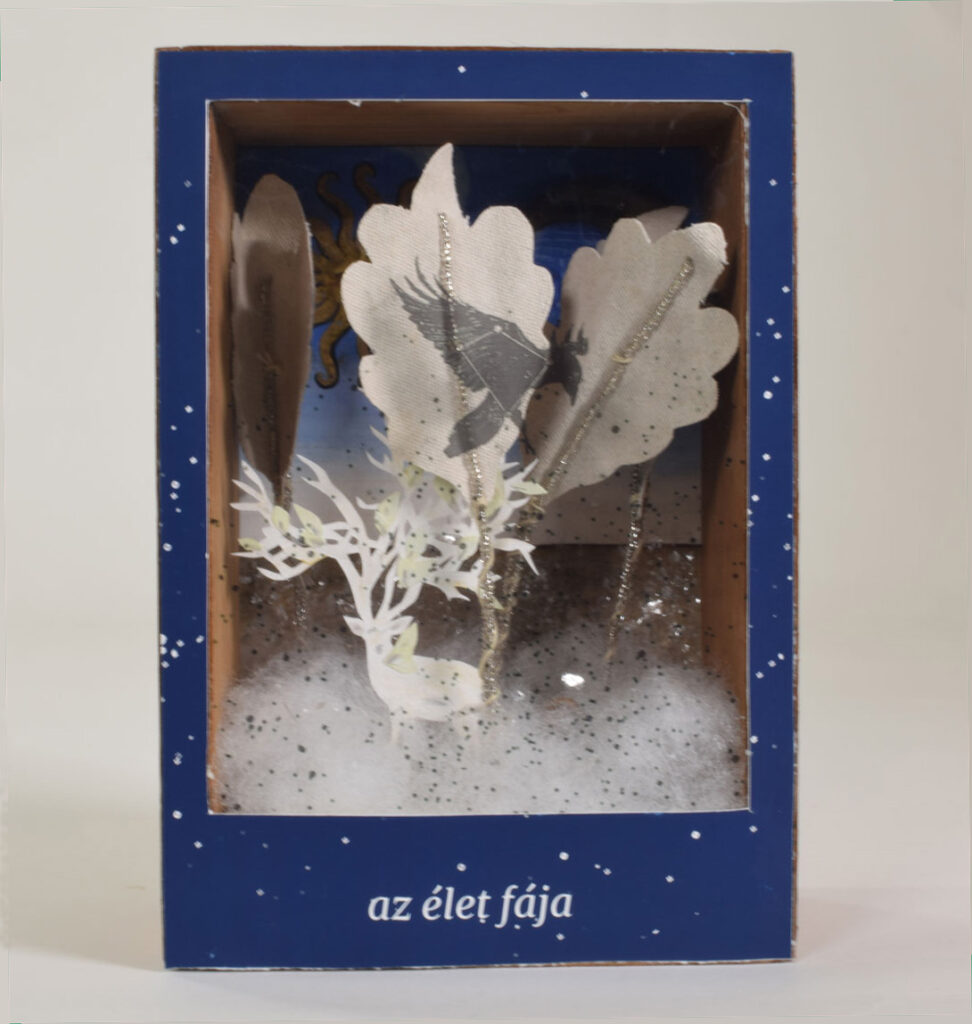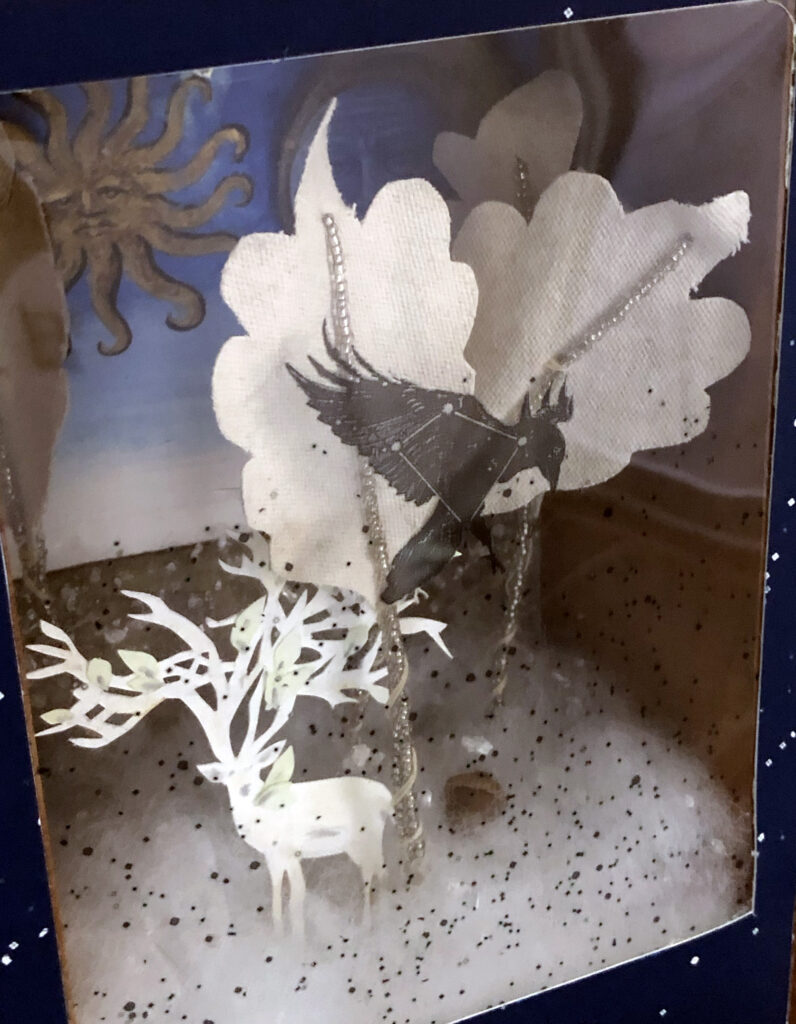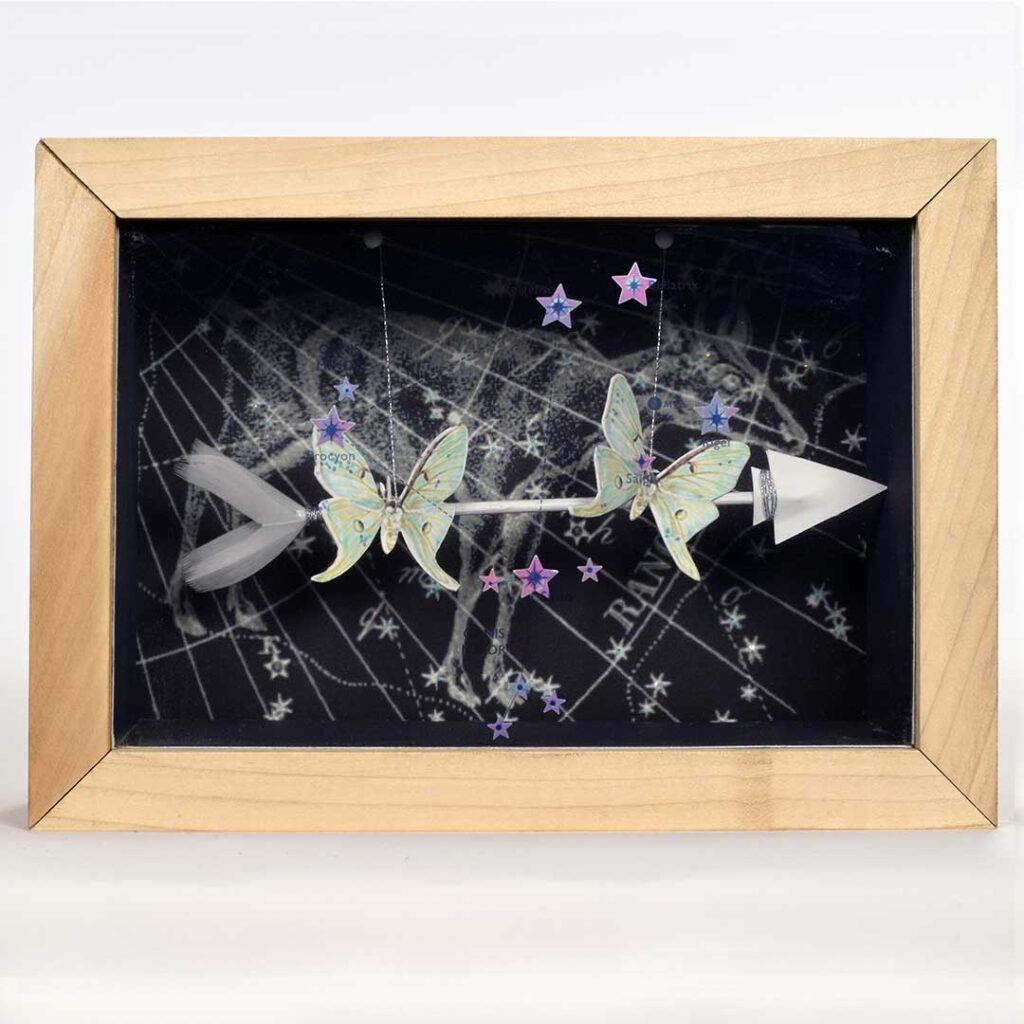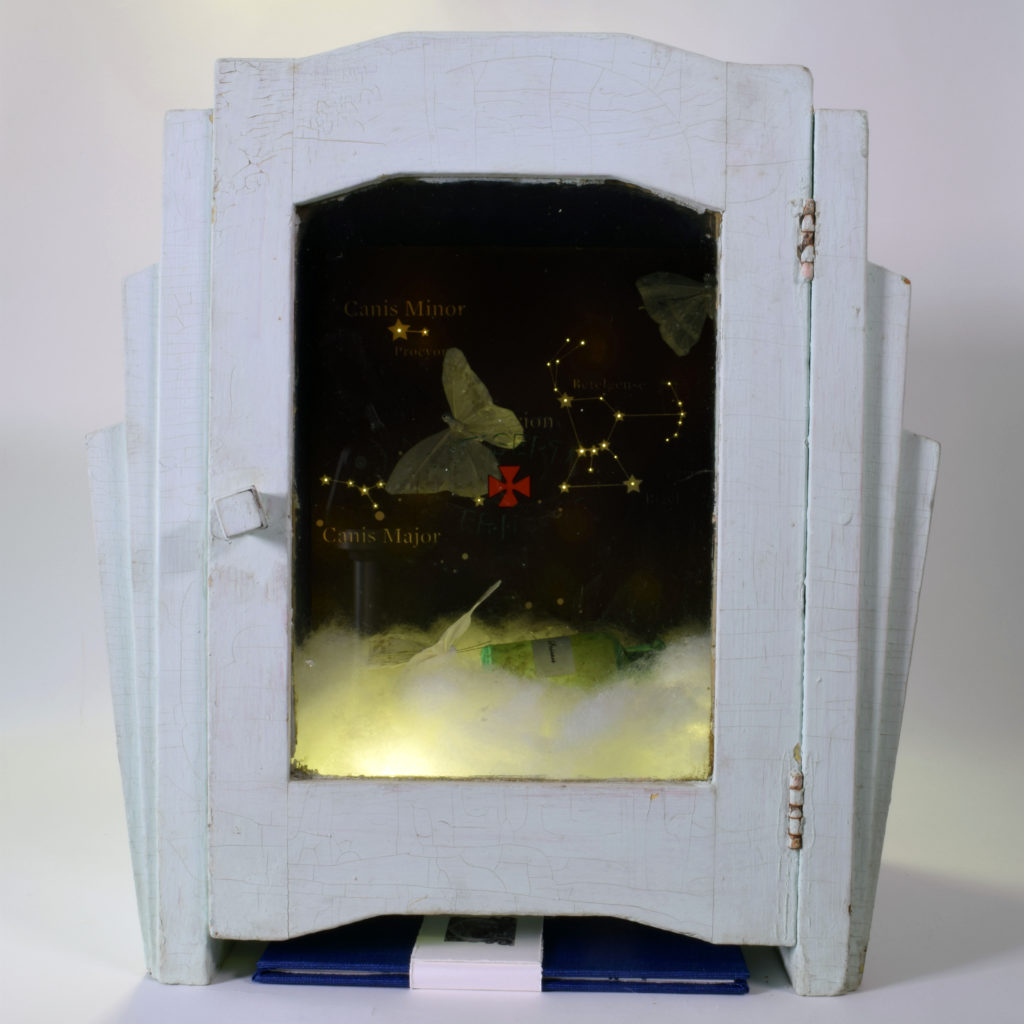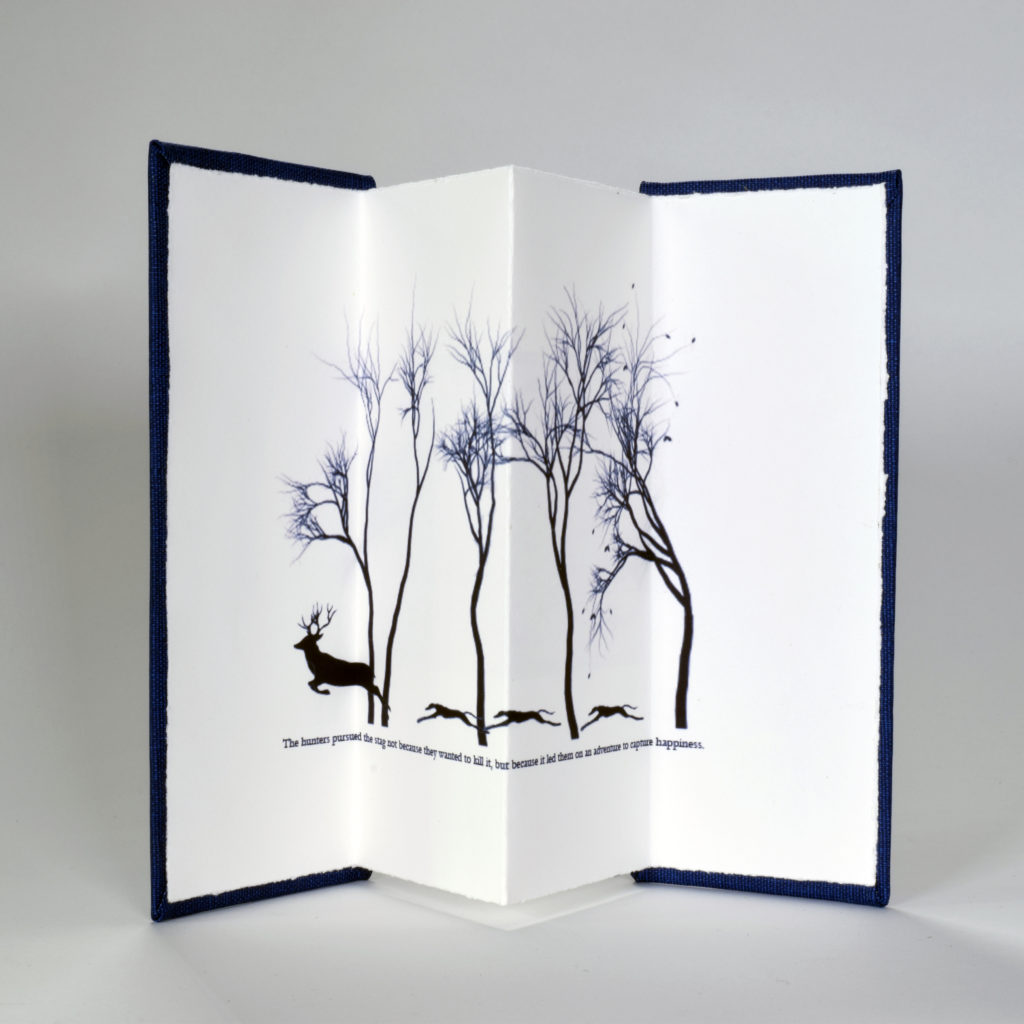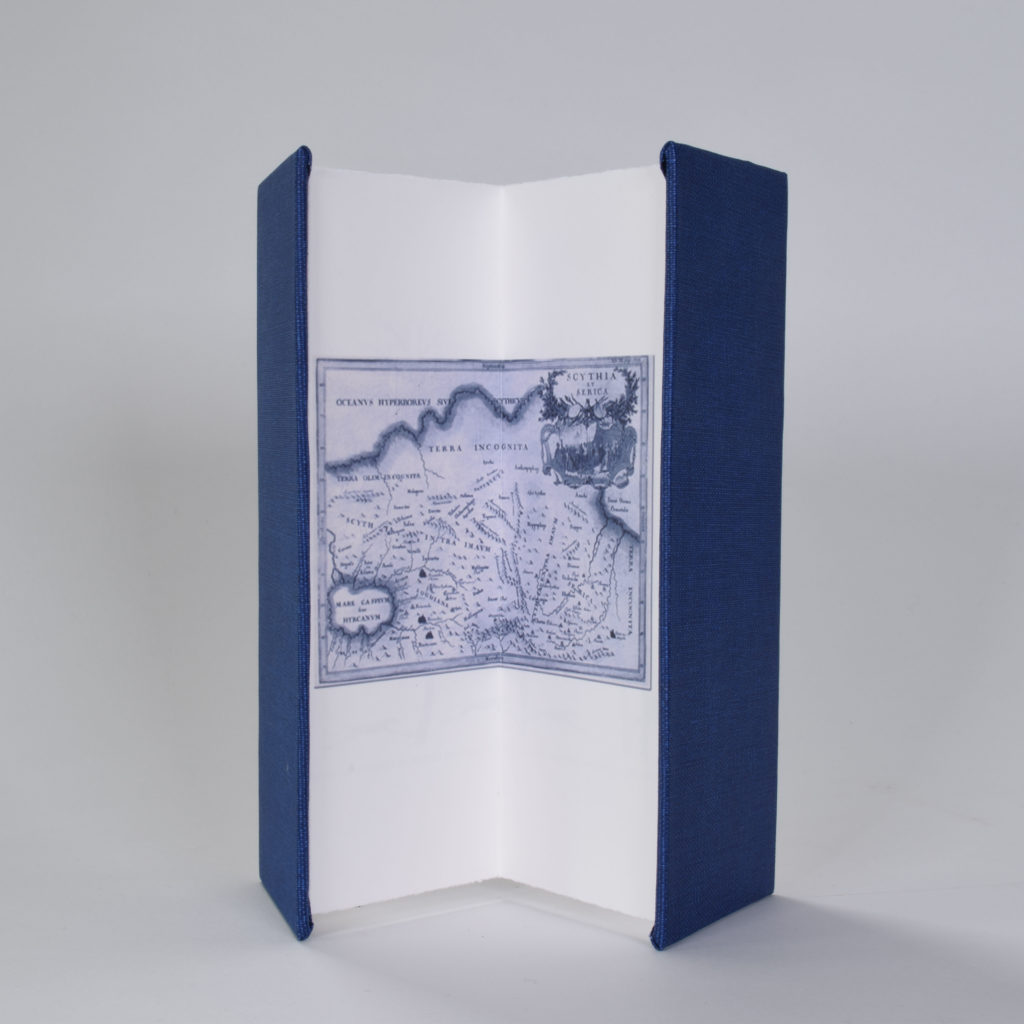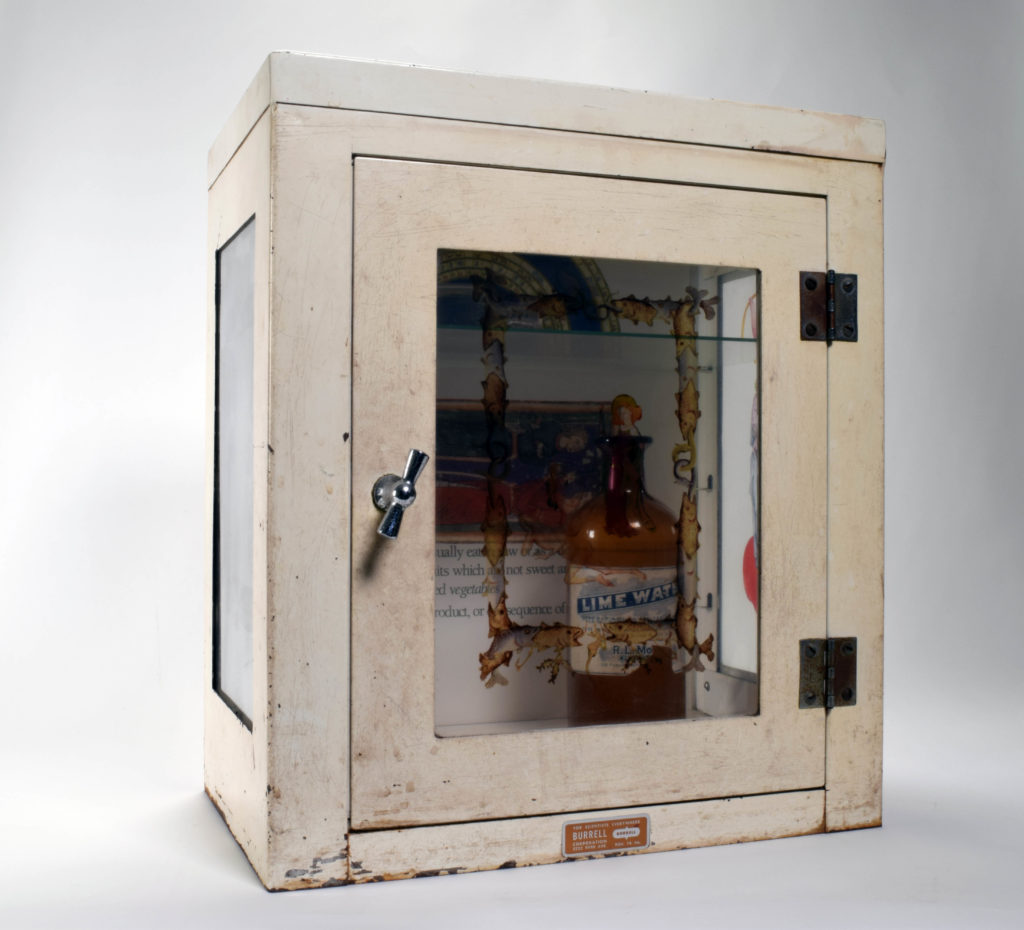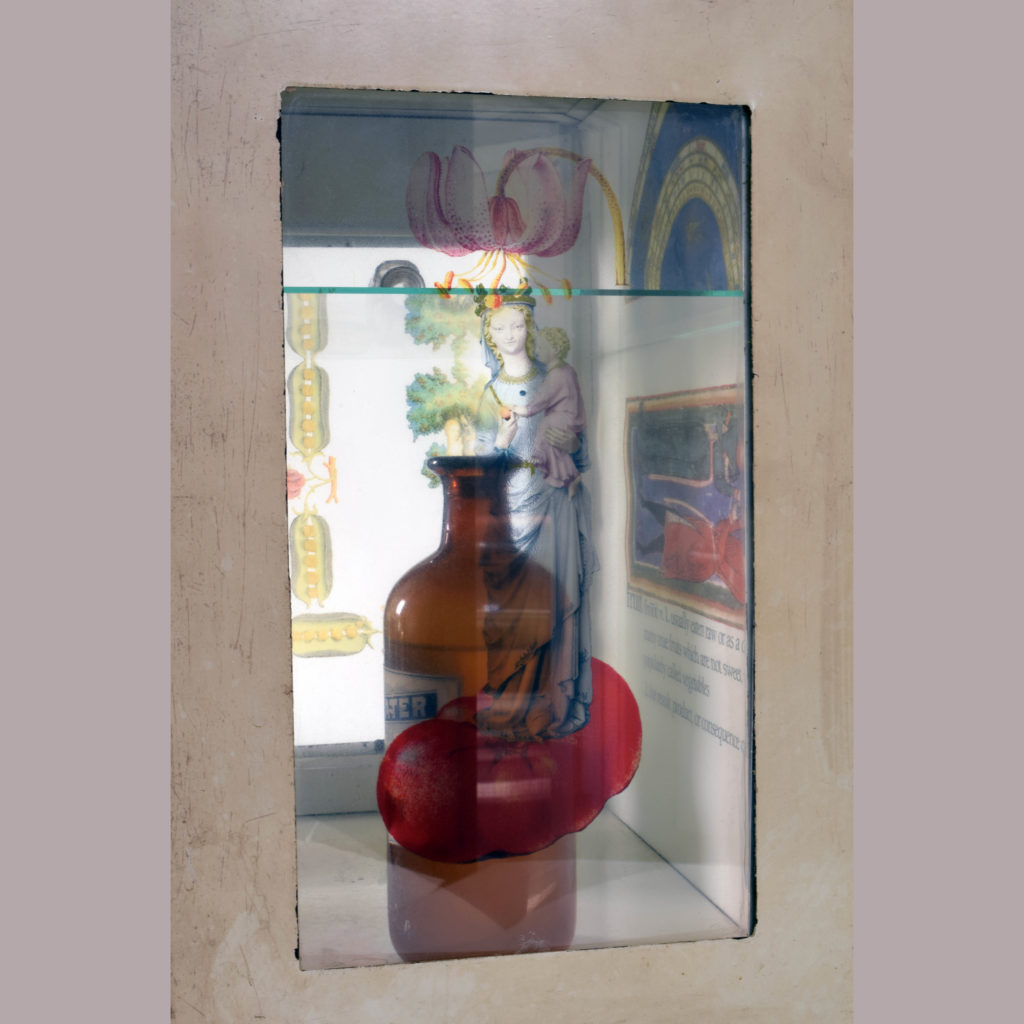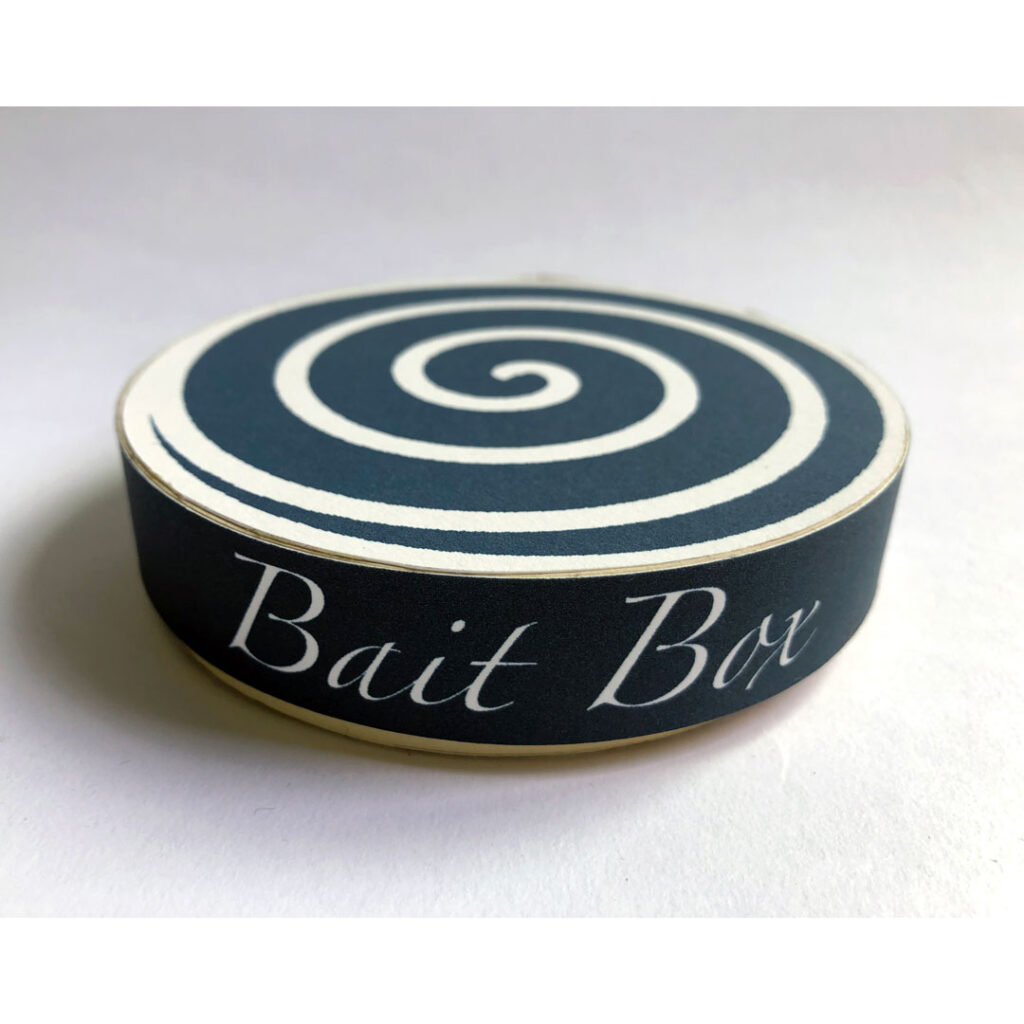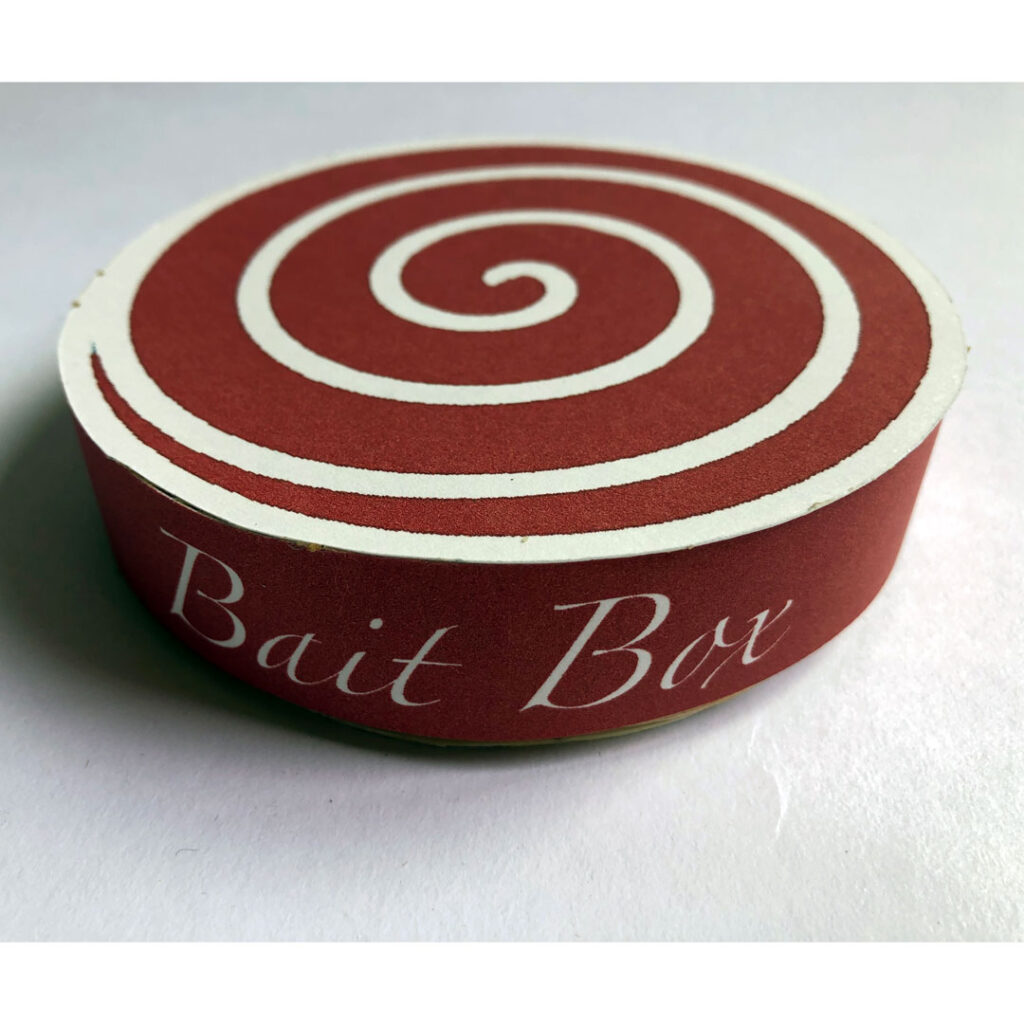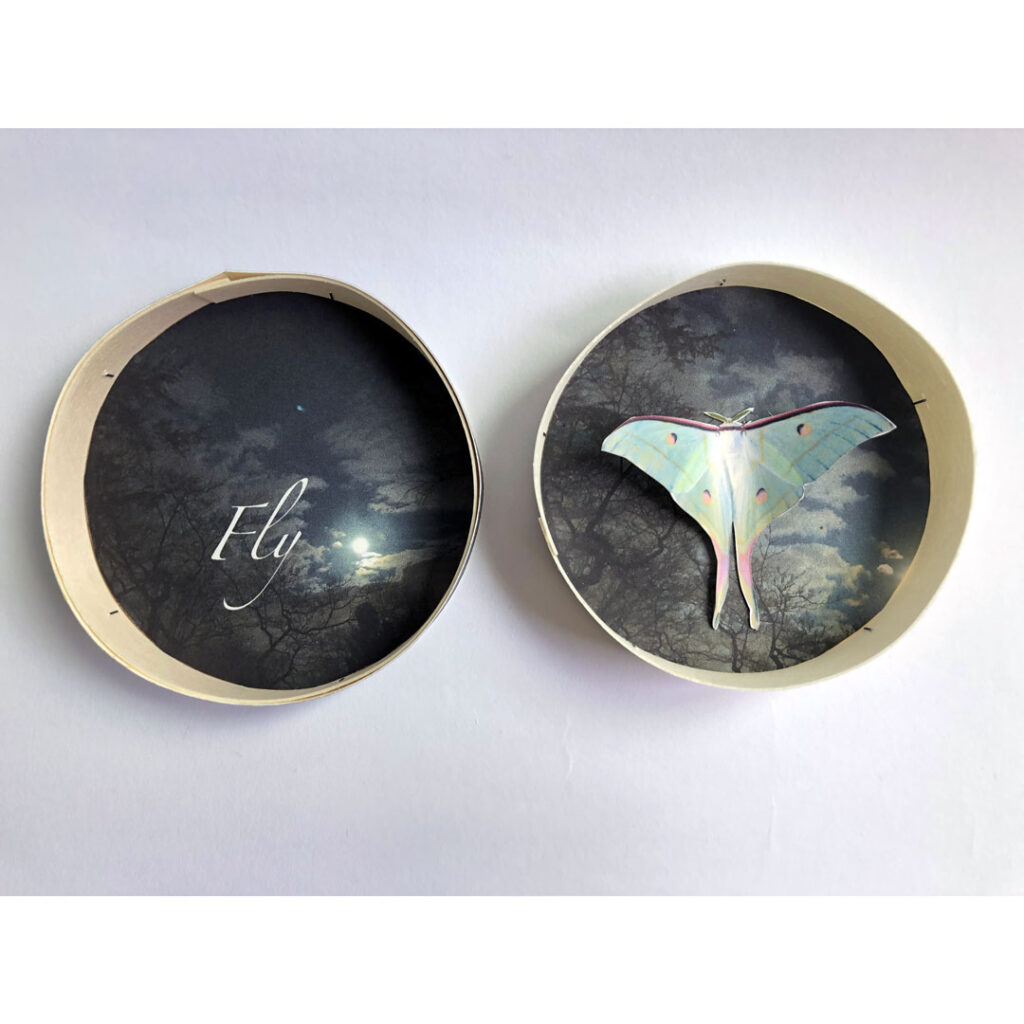A meditation on the tension between permanence, transience, the ephemeral and transformation, Habitat: Duplex reflects, both the artist’s personal history, as well as the broader history of her environment, Pennsylvania.

The content stems from her combined family of Early Pennsylvania settlers who mapped the land and moved the indigenous people to create permanent settlements of land owners
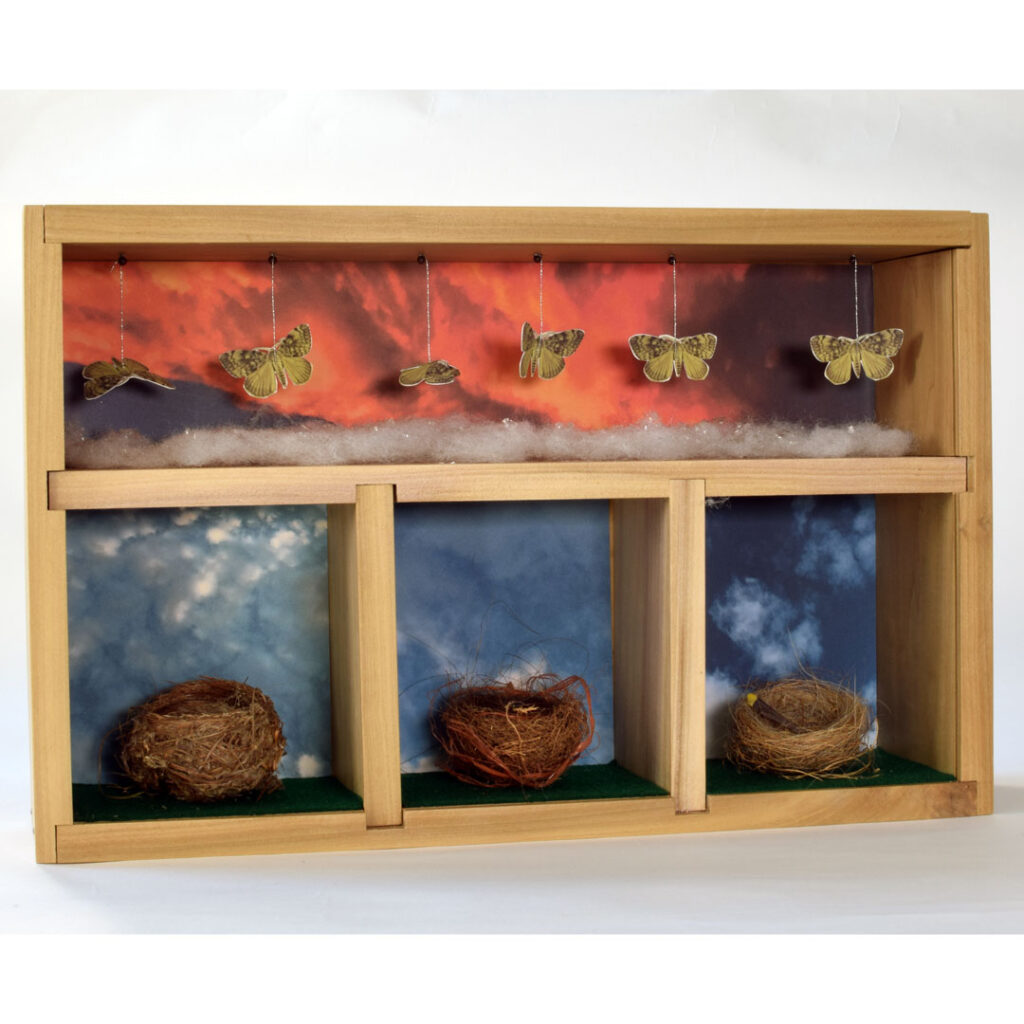
and Early 20th century settlers, who left their transient lives behind, their former identity largely coded and hidden from view in her family.
Gypsy Moths arrived in Pennsylvania in 1932.
“A menacing pest just became a bit less problematic, at least socially, after getting an update to its common name. Lymantria dispar is an invasive insect previously known as the gypsy moth — a label that contains an ethnic slur. On March 2, the Entomological Society of America renamed L. dispar the spongy moth.”
Jude Coleman “The spongy moth’s new name replaces an ethnic slur:
Entomologists chose the common name as a nod to the invasive species’ eggs.” March 10, 2022, 9:00 AM., https://www.sciencenews.org/article/spongy-moth-new-name-replaces-ethnic-slur
